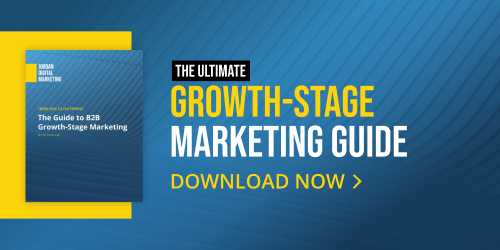Growing AI Search Visibility Phase 2: The Marketer Playbook for Authority Building
Microsoft recently announced that starting May 17, 2024, manual CPC bidding will no longer be available for new native campaigns. All existing image and feed campaigns on manual CPC will move to enhanced CPC bidding (eCPC).
Unlike search, where eCPC is an option but not required, Microsoft’s native ads (display ads shown on select MSN websites) will no longer have the option to use manual CPC bidding.
In this post, I’ll look at how eCPC works, what we’ve seen from eCPC in general, and recommendations for how and when to employ it in all types of campaigns – plus when to stick with manual bidding when given the option.
How eCPC works
With enhanced CPC, the algorithm will automatically adjust bids in real-time to increase conversions by digesting more auction signals, including search terms, location, device, ad copy, bid modifiers and more. When you use eCPC, your average CPC will not exceed your base bid.
What we’ve seen from eCPC
I’ve seen mixed performance around eCPC, so I recommend testing it against automated bid strategies and/or manual bidding (in search campaigns) to assess which performs best.
eCPC drives good CPC and CPA efficiency most of the time, especially when targeting keywords with high CPCs.
Recommendations for deploying eCPC
Even though conversions aren’t required for this bid type, it’s good to ensure conversion tracking is set up so you can give the system more signals to help improve performance. If the data is offline, it’s good to ensure it’s getting loaded daily.
I would also recommend changing your attribution model to last touch so you can optimize automated bidding based on both click‑based and view‑through conversions.
My last recommendation is to monitor your bids like a hawk (at least daily), since bids often tend to fall below first-page positions.
Recommendations for when to stick with manual bidding (in search campaigns)
Since we still have the option to use manual bidding in search campaigns, consider sticking with the increased control in the following situations:
- When launching a new campaign: We typically launch with manual bidding until we have enough data to change to automated and let the algorithm go to work. Typically, you’d want 15-30 conversions in the last 30 days before switching to automated.
- When battling high CPCs
- When performance has dropped off and more bidding control is needed
In the long run, eCPC may be a good option for native campaigns that don’t afford us many controls anyway, at least relative to search.
In general, though, make sure you’re assessing your options. When eCPC is either the only bidding strategy or the best bidding strategy available, make sure you’re keeping close tabs on it and feeding it the data it needs to improve over time.
We’re always happy to chat about bidding strategies in all kinds of campaigns - just drop us a line if you’d like to set up a conversation.
Tags:

Apr 25, 2024 7:00:00 AM



-Dec-04-2025-09-58-32-5416-PM.png?width=500&height=500&name=Regular%20Blog%20Hero%20(1)-Dec-04-2025-09-58-32-5416-PM.png)

